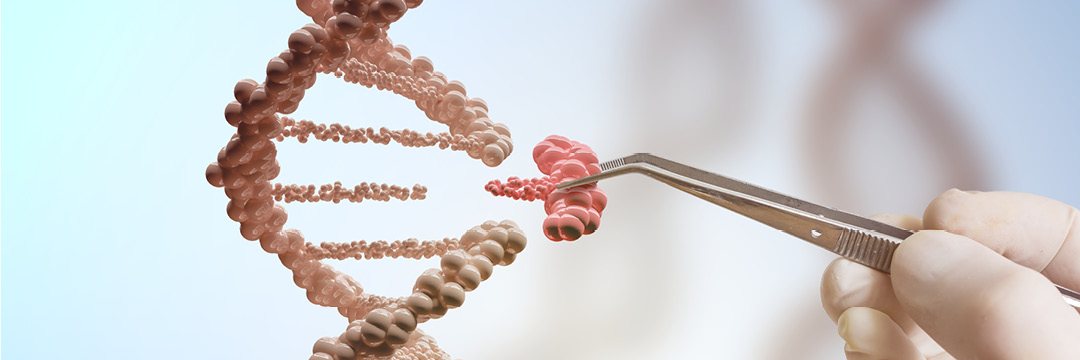Oligonucleotide transcription
The genetic material is stored in the form of DNA in most organisms. In humans, the nucleus of each cell contains 3 × 109 base pairs of DNA distributed over 23 pairs of chromosomes, and each cell has two copies of the genetic material. This is known collectively as the human genome. The human genome contains around 30 000 genes, each of which codes for one protein. Large stretches of DNA in the human genome are transcribed but do not code for proteins. These regions are called introns and make up around 95% of the genome. The nucleotide sequence of the human genome is now known to a reasonable degree of accuracy but we do not yet understand why so much of it is non-coding. Some of this non-coding DNA controls gene expression but the purpose of much of it is not yet understood. This is a fascinating subject that is certain to advance rapidly over the next few years. This document gives a discussion of the mechanisms of oligonucleotide transcription, translation and replication.

 Organic Workflow
Organic Workflow Peptide Workflow
Peptide Workflow Scale-Up Flash Purification
Scale-Up Flash Purification  Sample Preparation
Sample Preparation Biomolecule Purification
Biomolecule Purification Oligo synthesis
Oligo synthesis Scavengers and Reagents
Scavengers and Reagents Service & Support
Service & Support Accessories & Spare parts
Accessories & Spare parts Investors
Investors Reports & News
Reports & News The Share
The Share Corporate Governance
Corporate Governance Calendar
Calendar Sustainability
Sustainability Our Offering
Our Offering Our History
Our History Our Locations
Our Locations Leadership
Leadership
